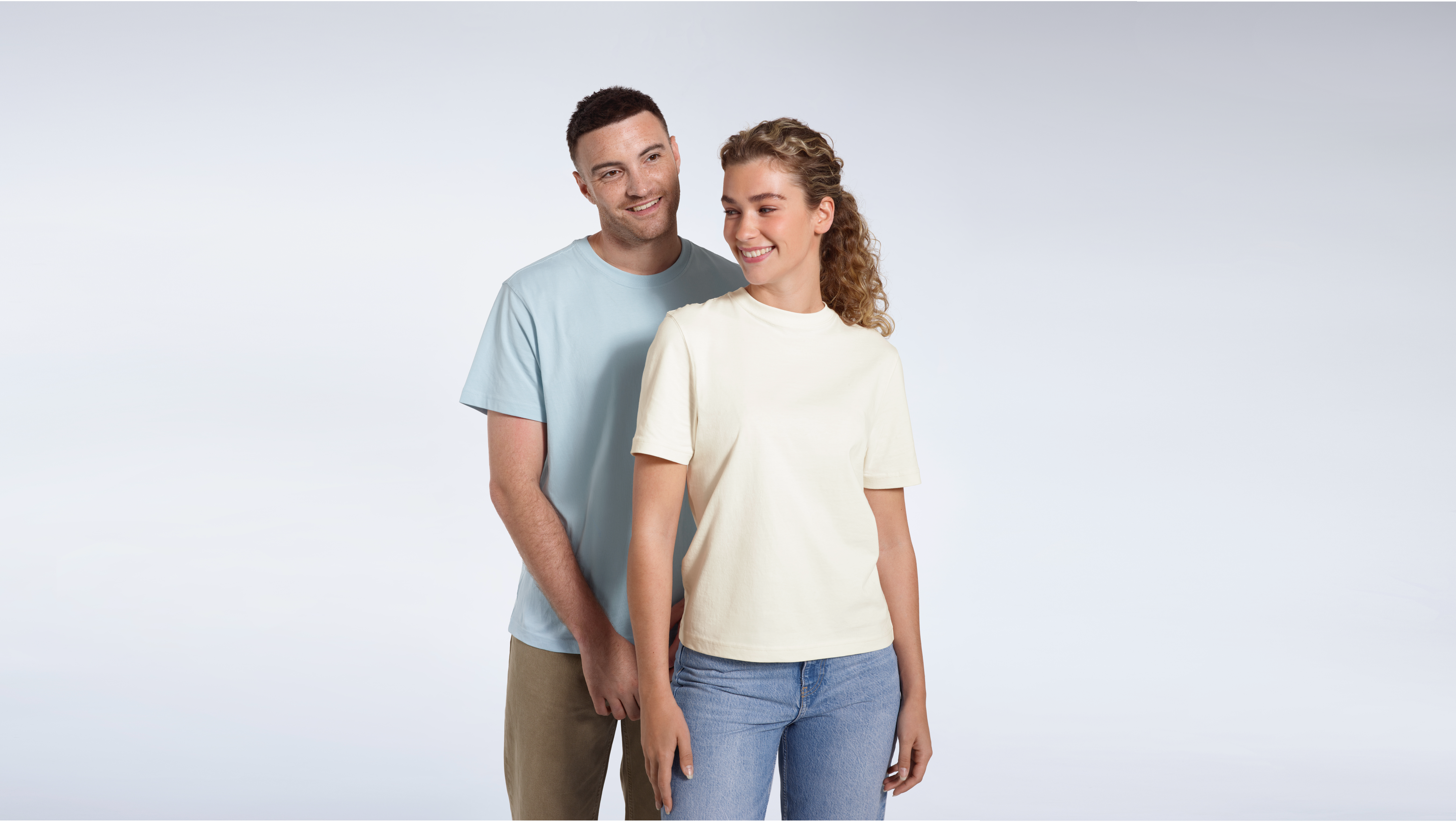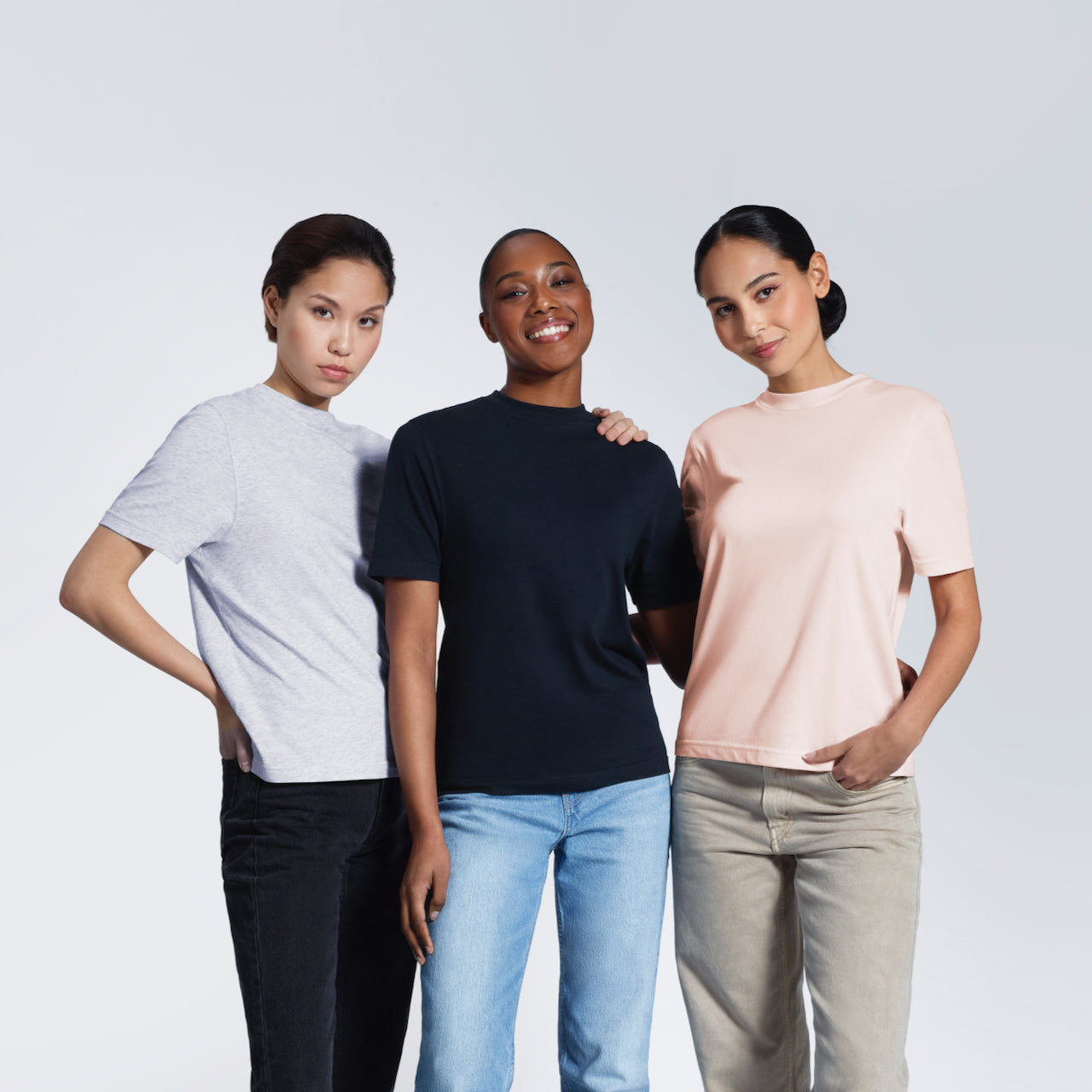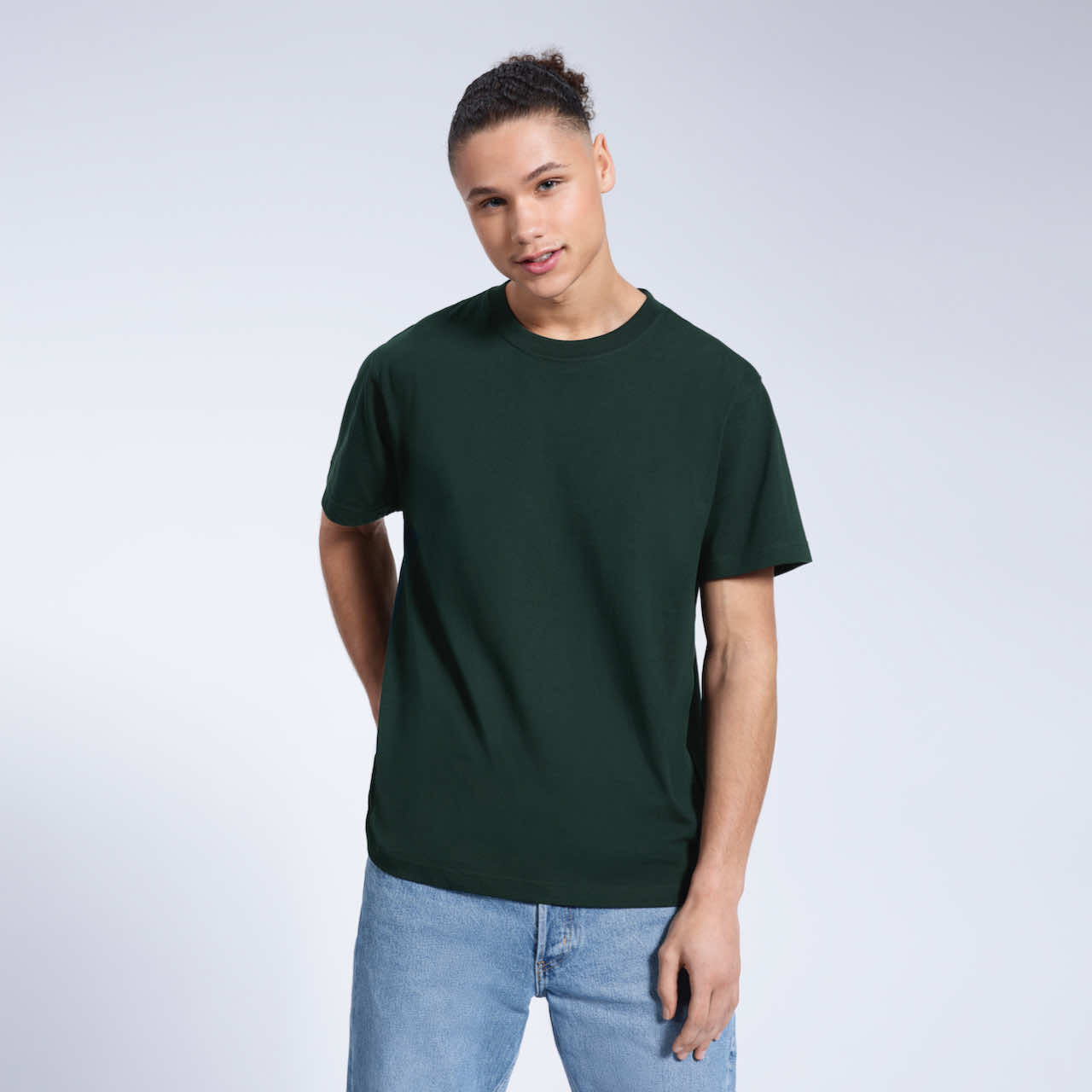
PLAINANDSIMPLE - How Can You Tell If A Brand Is Sustainable?
In today’s world, the fashion industry has faced scrutiny for its role in pollution and waste. As a result, sustainable fashion has emerged as a beacon of hope, promising a better future for our planet. However, with an increasing number of brands claiming to be "sustainable," it can be challenging to discern which ones are genuinely committed to ethical practices. In this post, we’ll explore how to identify a sustainable fashion brand and tackle common questions surrounding the concept.
Sustainable fashion is more than a trend; it represents a shift in how we think about clothing. It encompasses a holistic approach, considering the entire lifecycle of a garment - from the materials used to how it’s produced, transported, and ultimately disposed of. So, how can you tell if a brand is genuinely sustainable? Here are key factors to help you navigate this complex landscape.
1. Transparency
Transparency is a fundamental quality of a truly sustainable brand. Companies that are committed to ethical practices should provide clear information about their supply chain, production methods, and labour conditions. This means they should share details about where their materials are sourced and who is making their garments. Brands that shy away from transparency may have something to hide, so be wary of vague claims.
2. Certifications
Certifications are essential indicators of a brand’s commitment to sustainability. Look for labels such as Global Organic Textile Standard (GOTS), Fair Trade, or OEKO-TEX. These certifications ensure that products meet specific environmental and social standards. For instance, GOTS guarantees that organic fibres are grown and processed without harmful chemicals, while Fair Trade ensures fair wages and working conditions for labourers. Brands with these certifications are often more trustworthy when it comes to sustainable practices.
3. Materials Matter
The materials used in clothing can significantly impact its sustainability. A common question that arises is: What fabric is not sustainable? Conventional cotton is often cited due to its intensive water usage and reliance on pesticides. Additionally, synthetic fabrics like polyester and nylon are derived from fossil fuels, contributing to pollution and waste.
On the flip side, if you’re wondering, what is the most ethical and sustainable fabric, consider options like organic cotton, Tencel (made from sustainably sourced wood pulp), or hemp. These materials have a lower environmental impact and are often produced under better labour conditions. Brands that prioritise sustainable fabrics demonstrate a commitment to both the environment and social responsibility.
4. Ethical Production Practices
Beyond materials, ethical production practices are crucial for sustainability. Brands that prioritise fair labour conditions ensure that workers are paid a living wage and work in safe environments. Investigate whether the brand’s manufacturing facilities comply with local labour laws or if they partner with organisations that monitor ethical practices. Brands that invest in their workers typically have a more sustainable ethos.
5. Durability and Timelessness
Sustainable fashion isn’t just about how a garment is made; it’s also about how long it lasts. Brands that focus on durability and timeless design encourage consumers to buy less and wear their clothes longer. This counters the fast fashion trend, which promotes overconsumption and waste. When evaluating a brand, consider whether their designs are classic and well-made, rather than disposable or trend-driven.
6. Circular Economy Initiatives
Some brands are leading the way in sustainability by implementing circular economy practices. This involves creating a closed-loop system where products are designed for reuse, recycling, or repair. Brands that offer take-back programs, recycling initiatives, or even repair services contribute to a more sustainable fashion ecosystem. This practice not only reduces waste but also fosters a culture of responsible consumption.
7. Price Points and Accessibility
A common misconception is that sustainable fashion is only for the rich. While some eco-friendly brands may have higher price tags due to their ethical sourcing and production costs, there are numerous affordable options available. As awareness of sustainable fashion grows, more brands are emerging that cater to various budgets, making eco-friendly choices accessible to a broader audience.
8. Avoiding Greenwashing
One of the biggest challenges in the sustainable fashion landscape is greenwashing - a practice where brands exaggerate or misrepresent their environmental efforts to appear more sustainable than they are. To avoid falling for greenwashing, be critical of vague claims like "eco-friendly" or "green." Look for specific details about a brand’s practices, such as their sourcing, production methods, and the materials they use.
Some large brands consistently stand out for their commitment to sustainability and ethical practices. Companies like Patagonia, Reformation, and Eileen Fisher have garnered attention for their transparency, innovative materials, and dedication to fair labour practices. These brands are not only leading by example but also inspiring others in the industry to follow suit.
Identifying a sustainable fashion brand requires careful consideration and a willingness to dig deeper. By focusing on transparency, certifications, materials, ethical production practices, durability, and circular economy initiatives, you can make more informed decisions about your clothing purchases. Remember, sustainable fashion is not just for the wealthy; it’s about making thoughtful choices that contribute to a more responsible future for all.














